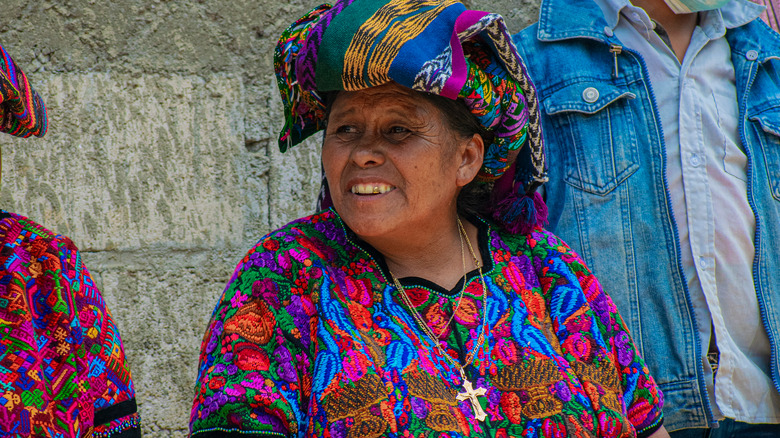How Guatemala Celebrates Valentine's Day
Valentine's Day is perhaps the most divisive day of the year. Usually associated with displays of romantic love for some, the day represents a good opportunity to show partners how much they mean to us, or the chance to declare our love to someone we have been silently burning a flame for. For others, it represents a stress-inducing demand to somehow come up with a gift idea just six weeks after having done so for Christmas. And for more still, Valentine's Day is a meaningless, made-up holiday, an example of rampant capitalism guilting us all into buying expensive chocolates and greetings cards.
But the significance of Valentine's Day wasn't always tied to romance. According to History, February 14 was first declared to be St. Valentine's Day in the fifth century when it was marked by a feast in celebration of the Christian saint. But it was only in the Middle Ages that its association with love in the way we know it today first emerged — and in many places around the world the holiday still has very different connotations.
In Guatemala, Valentine's Day is considered especially significant, and rather than focusing purely on romantic love, instead it is the day Guatemalans celebrate El Día del Cariño, "the day of affection," according to The Los Angeles Times.
Guatemala's day of affection
Guatemalans typically celebrate February 14 as a day on which to show one's affection to all one's nearest and dearest. This will include romantic partners, of course, but will also extend to family, friends, and even colleagues and acquaintances, according to The Los Angeles Times.
As in the U.S., in Guatemala, Valentine's Day is a time to exchange gifts, with chocolates, cards, and flowers just as popular as they are among Americans. But for Guatemalans, El Día del Cariño is also a festival of color, and in Guatemala City a huge event known as the Old Love Parade takes place, attracting tourists from all over the world.
The Old Love Parade is typically made up of the city's senior citizens, who dress up in colorful outfits and traditional Mayan costumes and masks, according to Time. The parade highlights the joy of love throughout the generations, proving that it can be found in many forms, and at any age.

